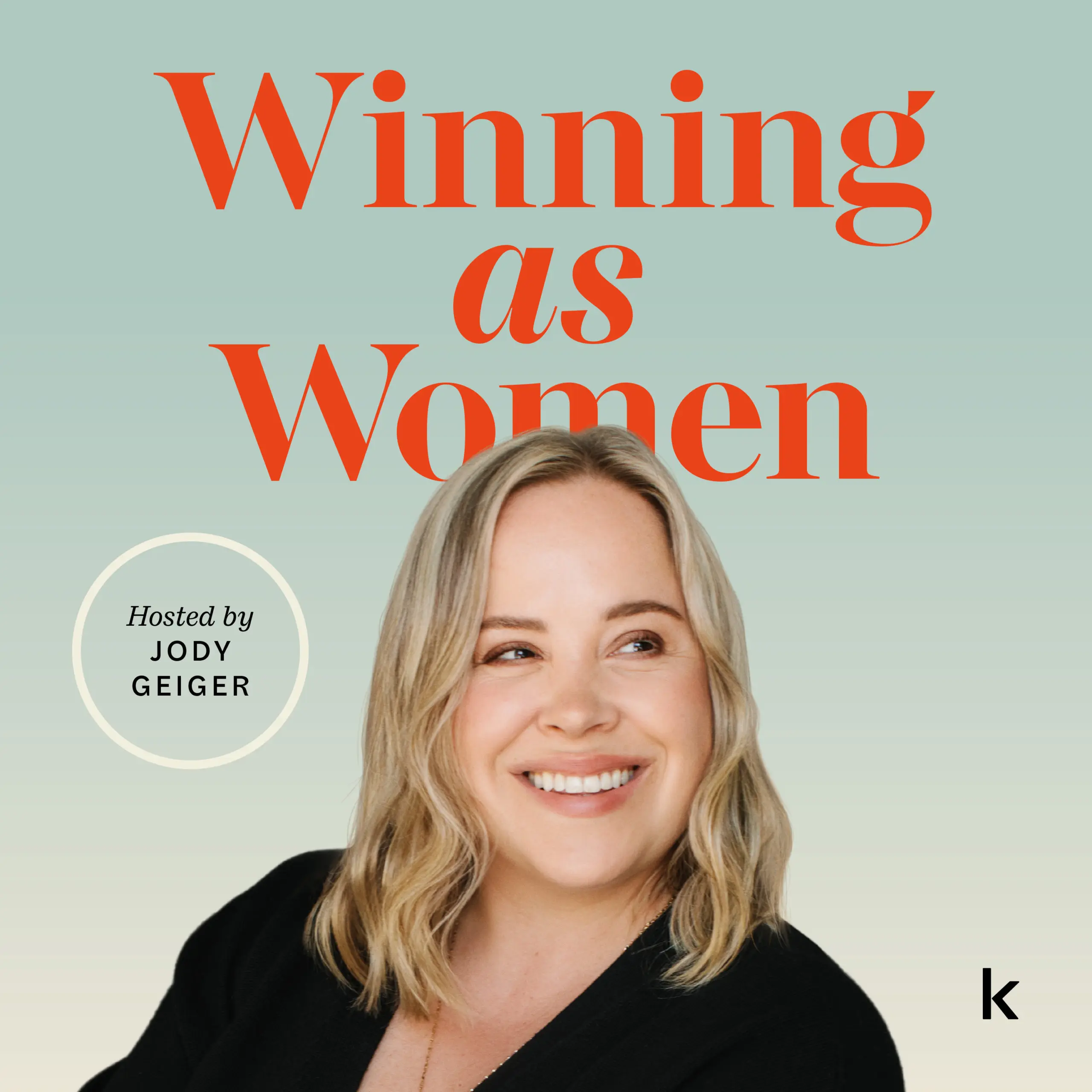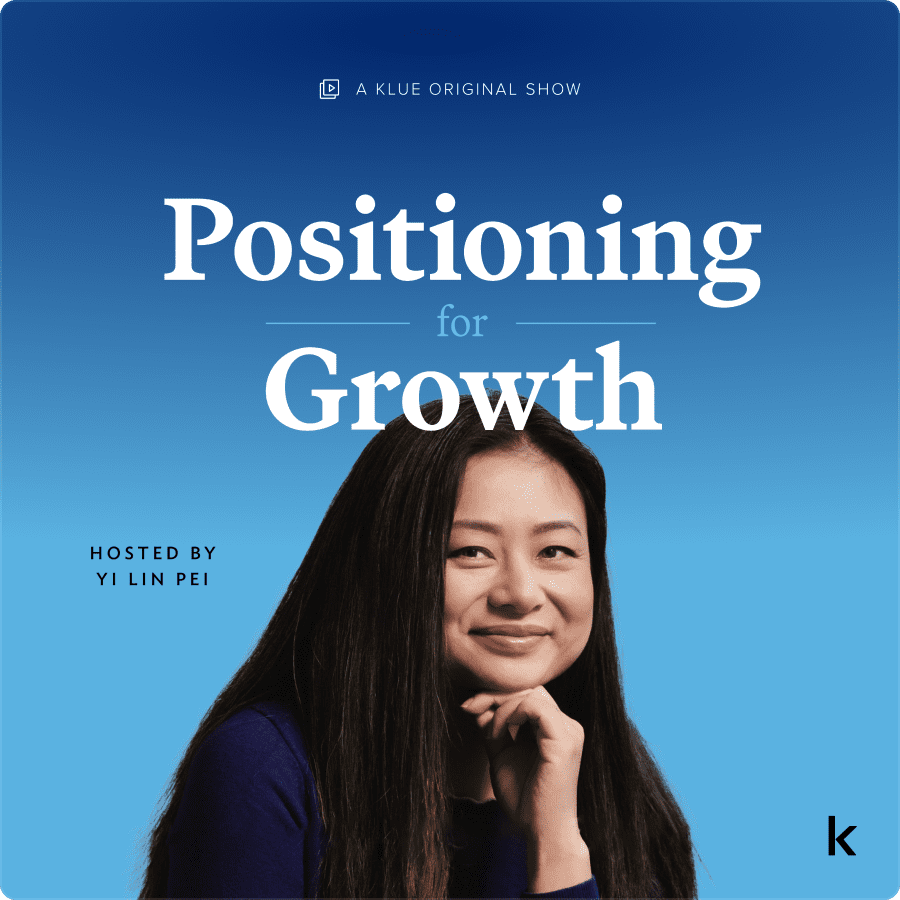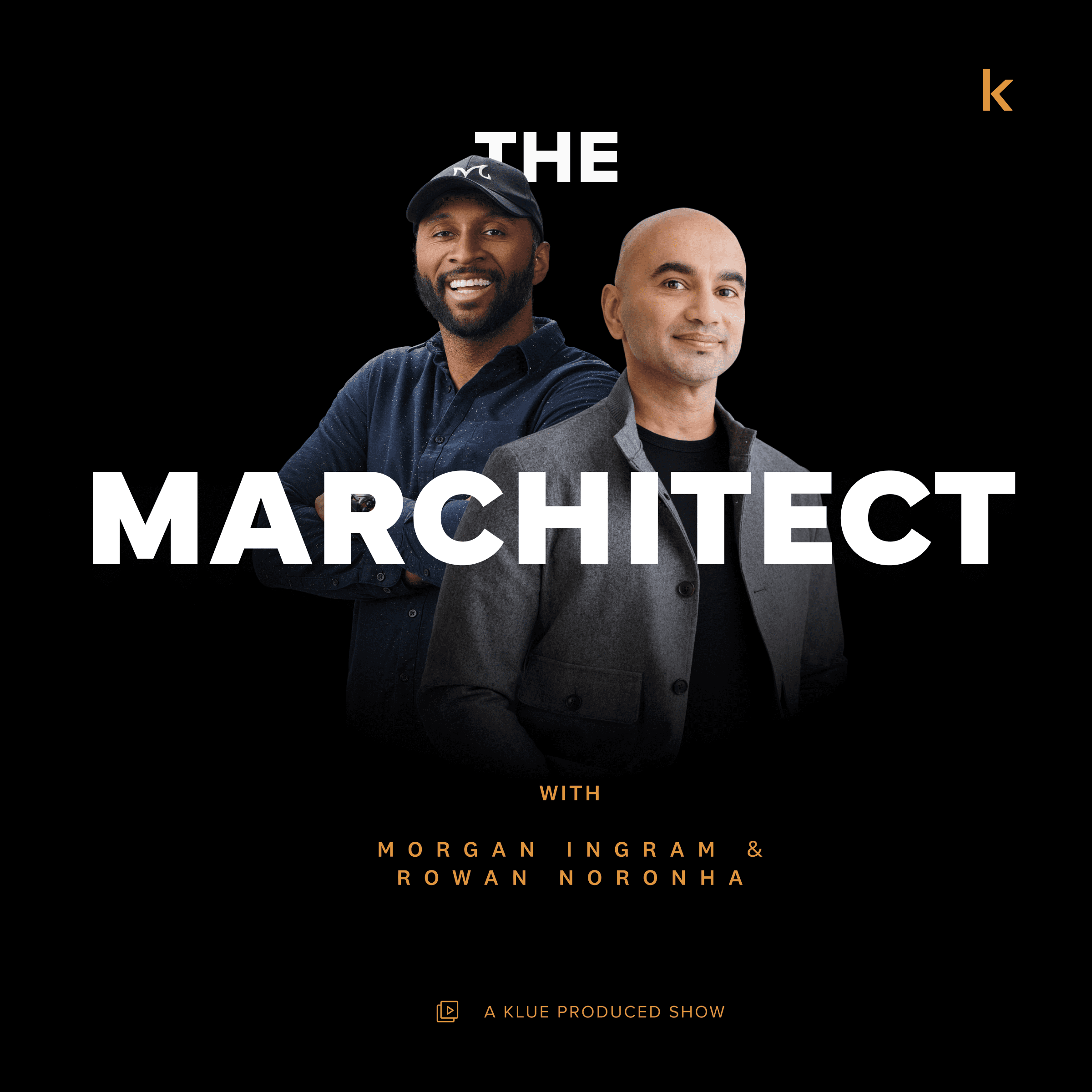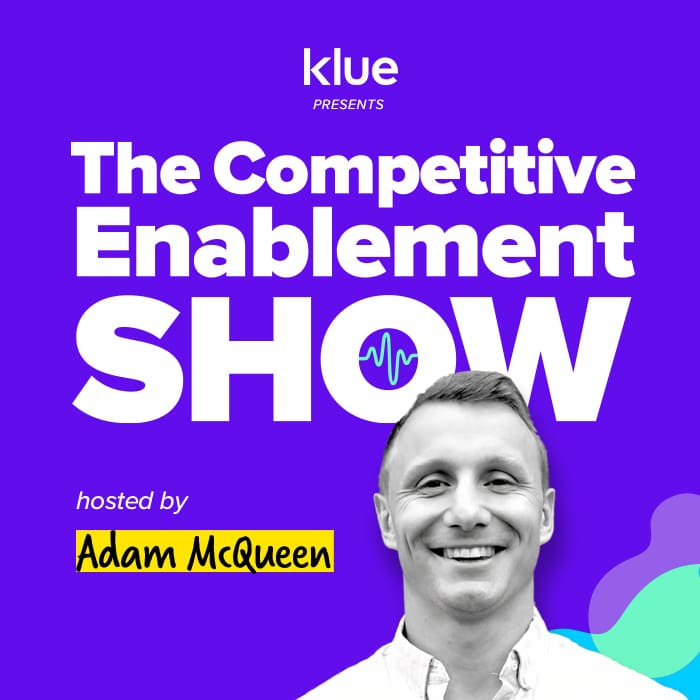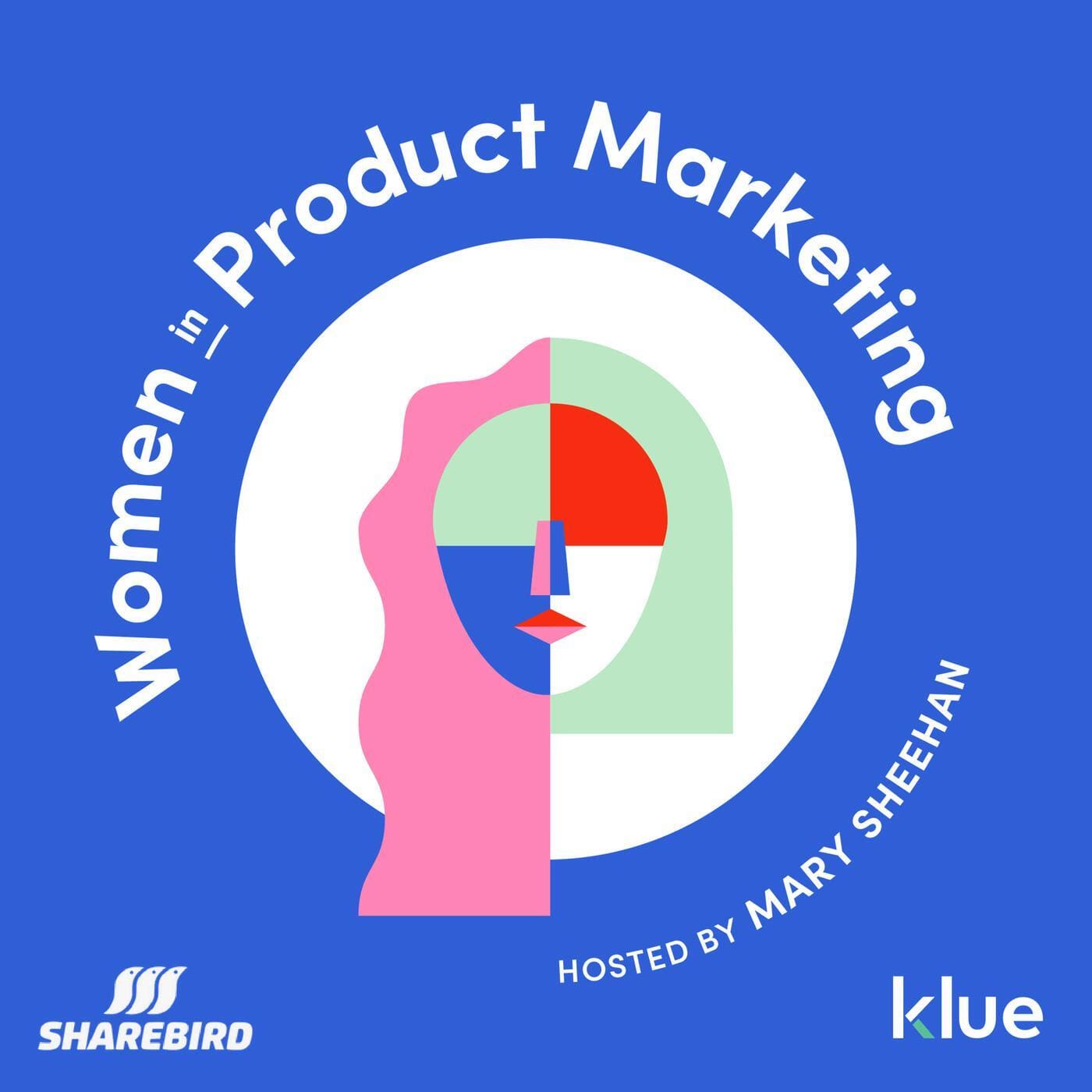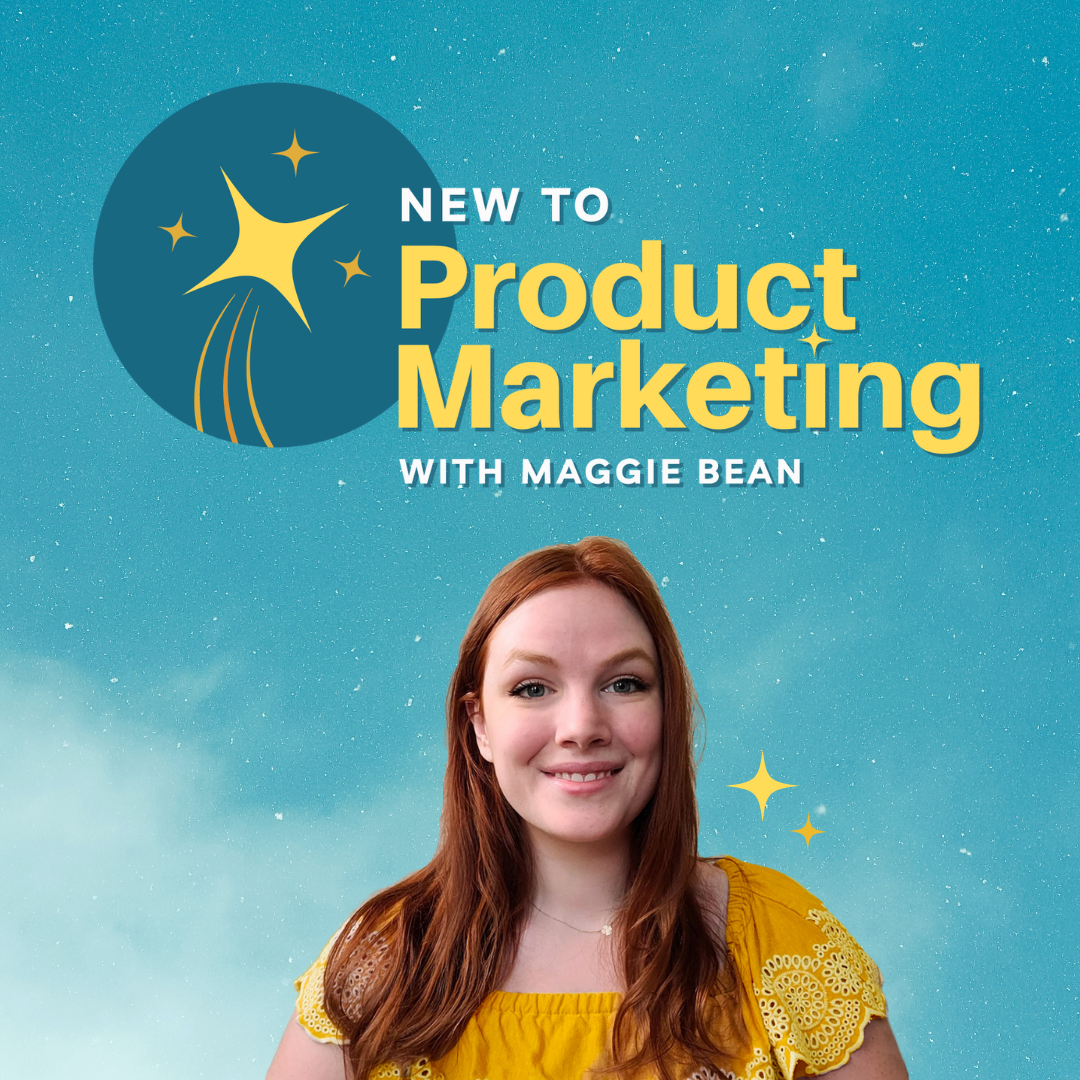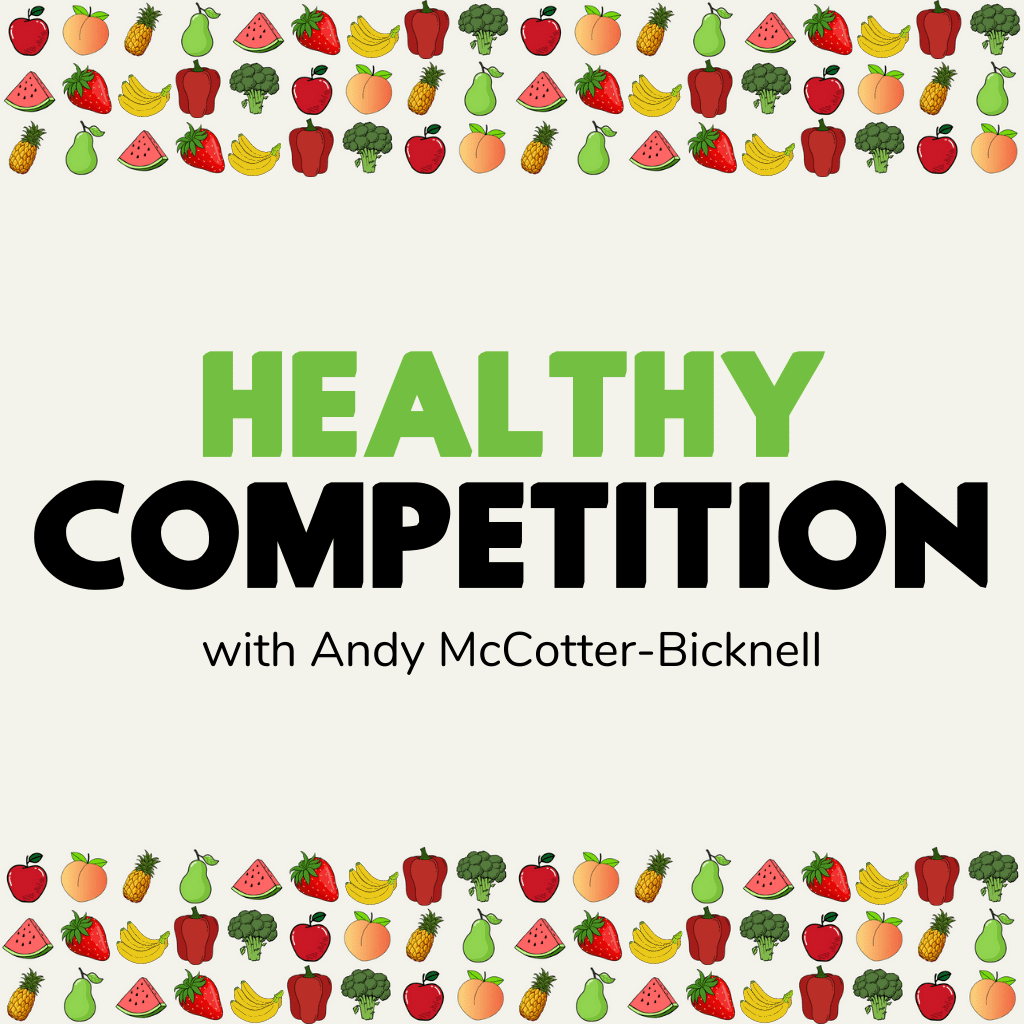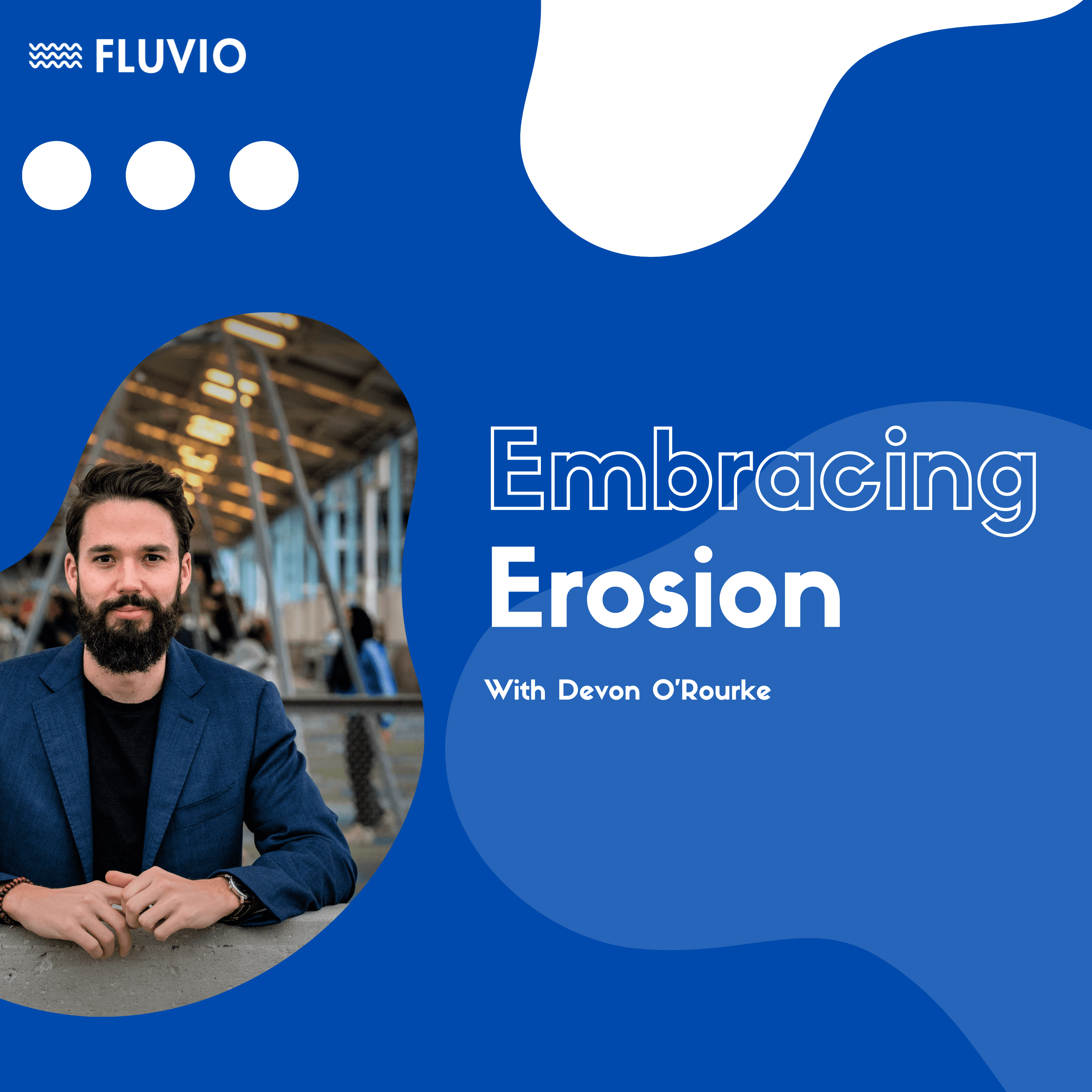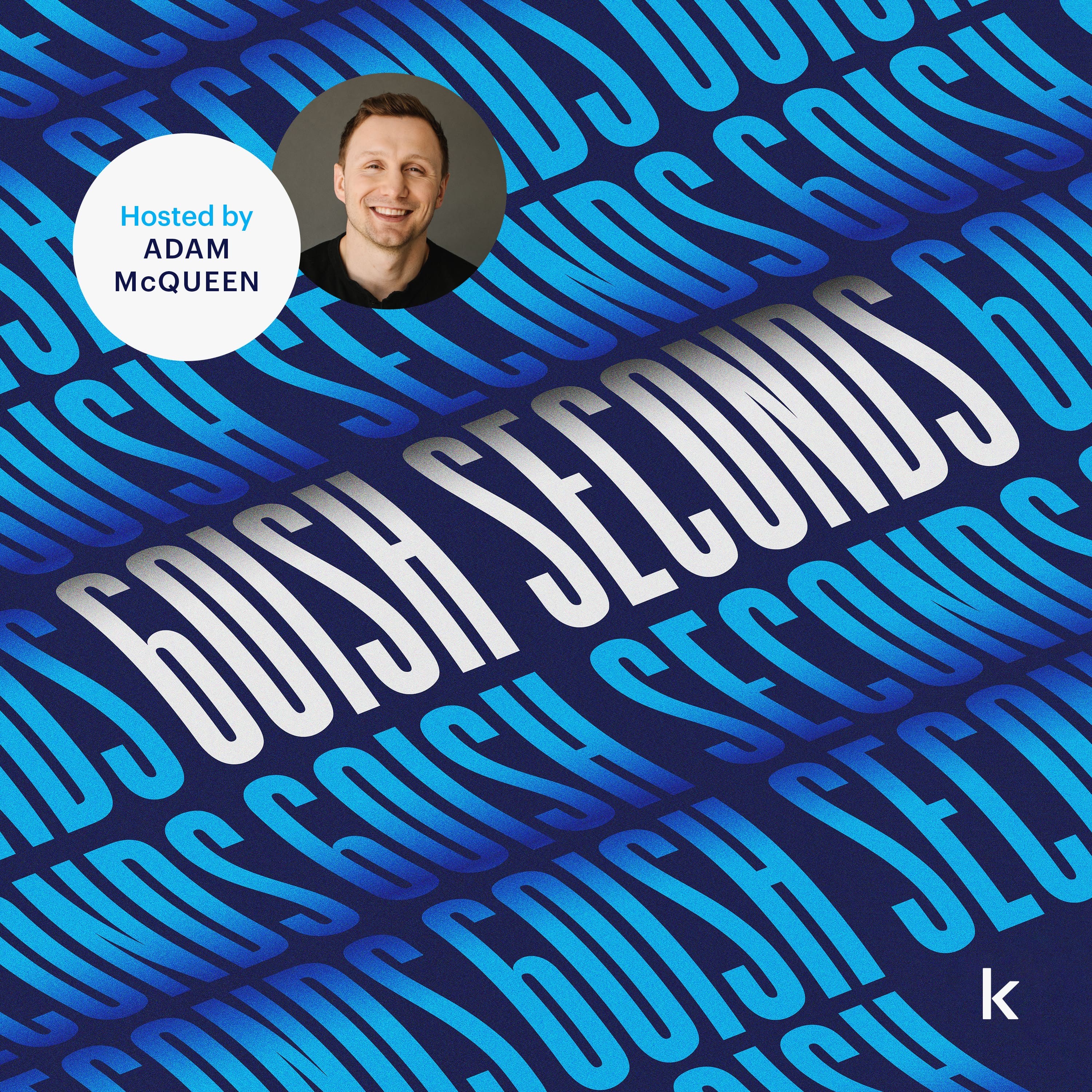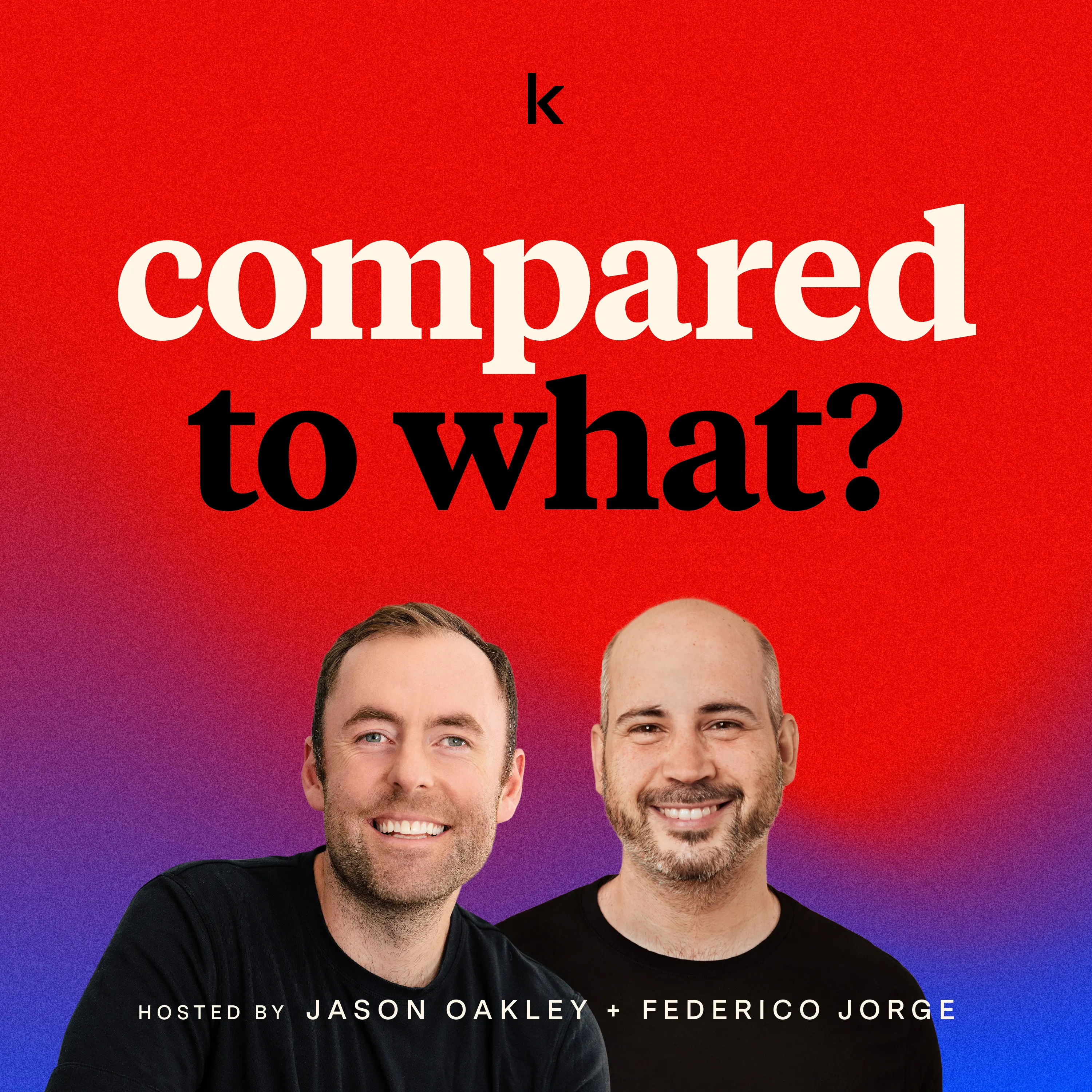Bringing Win-Loss Insights into Your Compete Program
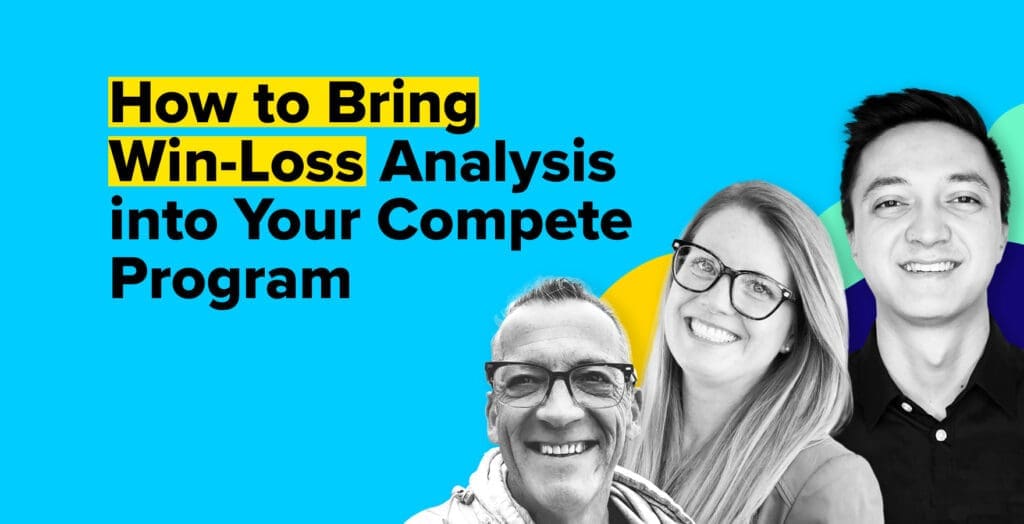

Changing competitor field dropdown options in your CRM increases response rates
If your company struggles with CRM data hygiene, rest assured you are not alone.
“I’ve worked at three CRM companies and they themselves have the same problem with data hygiene,” – Paul Senatori.
One thing within your control is pulling on levers that incentivize your reps to make sure they’re filling in the competitor field in your CRM.
Mara Konrad, Product Marketing Manager at Formstack, uses a change in nomenclature to increase response rates.
In her competitor field, instead of ‘none’, or ‘unknown’, she changes it to ‘I didn’t ask’.
This seemingly small change encourages reps to be more aware of the importance of marking that field — lest they feel the shame of admitting “I didn’t ask.”
For Paul, his biggest success with data hygiene has come from engaging sales leadership to really drive home the value of this data.
One way to do this is through easy and obvious visualizations of said data.
“If they can see the data in reports, dashboards and feedback, then they can internalize the importance of the data, and understand it’s not just for useful for the leadership team.”
You could also gamify the inclusion of competitor data by having a scoreboard and rewarding top performers.
There’s no panacea for clean data hygiene. But little changes like these can make a big difference.
Win-loss is a fundamental part of your compete program; why not launch both at the same time
We can all walk and chew gum at the same time.
Sure, building out a win-loss and competitive enablement program is a little more complex than that.
But the obvious synergies between the two make the task more realistic than you think.


Tirrah Switzer is living proof of this, having done so in her current role at Community Brands.
“As we were building out battlecards, we also started win-loss interviews. Since we had sales involved in both processes, they were helping us build out battlecards even more.”
With sales intricately involved in the win-loss and battlecard building process, it fostered early-stage buy-in to both programs.
So when they rolled out their competitive enablement platform — which happens to be the best one out there — not only was there instant buy-in, Tirrah and team already had their first round of win-loss interviews completed.
And with those win-loss quotes embedded in battlecards, the value of both programs became evident.
“Doing them both at the same time and involving sales really led to both programs being successful, and people being excited about it.”
If you’re like Tirrah and scoping out how to build your win-loss and compete programs, pay attention to the overlap and synergies.
Doing both at the same time is easier than you think.
Build a business case showing an incremental increase in win rate to help secure budget
The outcome of a well-run win-loss and competitive enablement program is the same: win more deals.
An enticing prospect in theory to be sure. But you’ll likely have to demonstrate it in a more concrete way in order to secure the financial buy-in you need.
That’s why pros like Paul and Tirrah recommend doing the math and showing the results of what a 1% increase in win rates would look like.
“We started with our highest win rate product, did the math, and put it in numbers of ‘if we could increase by 1%, this is what that would look like,'” – Tirrah Switzer
This exercise, coupled with a sustained effort to hype up the win-loss program in meetings, helped get people bought in and excited about the program.
And on top of demonstrating lost revenue, Paul recommends finding an internal champion that lives in the revenue world.
“Having a champion out of the executive, out of sales, push the program provides a bigger voice than mine as a competitive intelligence person.” – Paul Senatori
With that champion’s revenue-focused voice at the table advocating on behalf of sales, you’re more likely to get marketing buy-in.
Especially in challenging economic times, tying your spend requests to costs saved or revenue generated is paramount.
The better you are at making this connection, the more likely you are to get the budget you need to make your programs come alive.
WATCH AND LISTEN TO THE ENTIRE RECORDING HERE
Coffee & Compete Community Corner
This week’s instalment of CCCC is brought to you by none other than Mr. Jason Oakley.
Check out the original post to get your hands on his Notion template.
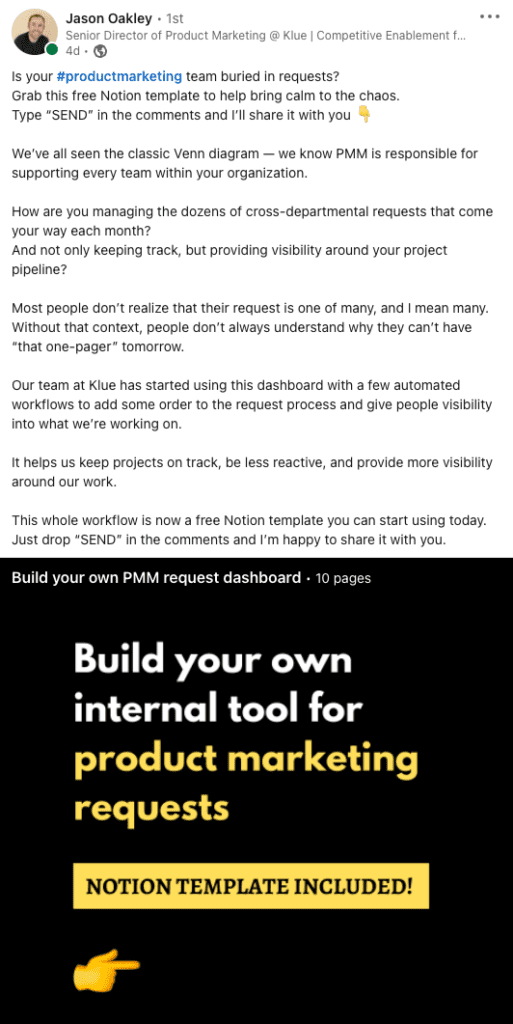

| Thanks for reading this week’s edition of Coffee & Compete. As always, please reach out to me and the rest of the team with your thoughts and feedback. And If you know someone who isn’t already subscribed to Coffee & Compete, be a good friend and tell them about us. |


NEWSLETTER
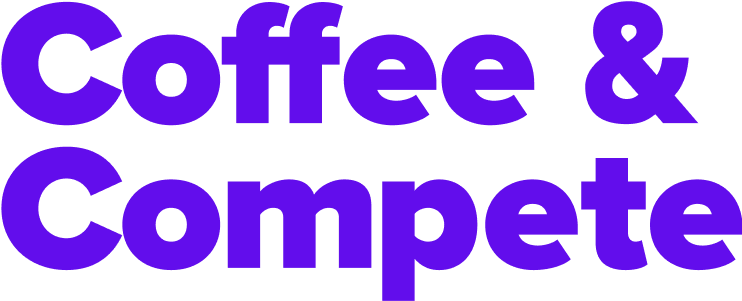
Never miss a new release on the network.
(Your competitors sure aren’t.)
Be the first to know about:
- The latest episodes dropping on the Compete Network
- Community sessions & events
- Upcoming exclusive shows

